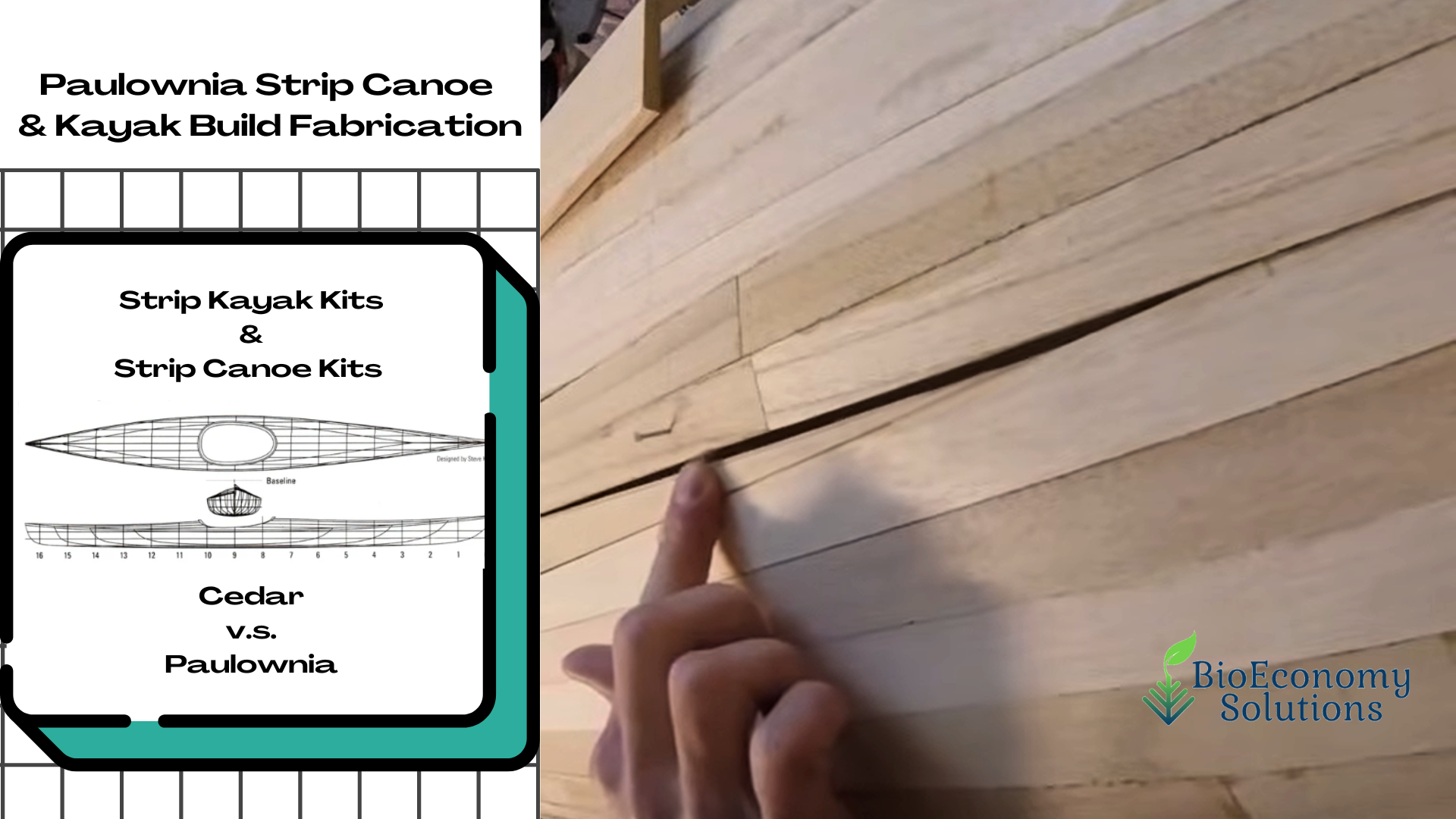
Ever consider a cedar strip canoe or kayak project? Have you also considered doing the same project with paulownia? Paulownia as a replacement for cedar? What is paulownia wood link?
A cedar strip canoe is made by assembling strips of wood over a wooden frame and they are fun DIY projects for skilled woodworkers. A quality cedar strip kayak kit or a
cedar strip canoe kit will guide you with various style designs, directions and give you’re a fun usable new toy after your finished 🙂
What is the best wood for a canoe strip?
Cedar is often used to make a wooden strip canoe but paulownia wood could also be used. Fiberglass coverings are also used to make it more durable and cut down on the required maintenance. 
Video – Strip Kayak & Canoe Fabrication from Paulownia Wood
https://youtu.be/2CRfurszYVk?si=ft5ZmuawoTV5Yw8G
What is the weight of cedar v.s. paulownia?
- Cedar is rated at 22 lbs per cubic foot – Janka Hardness: 320 lbf (1420 N)
- Paulownia is rated at 18 lbs per cubic foot – Janka Hardness: 300 lbf (1,330 N)
- Paulownia Wood Total = 18 % decrease in weight
White Cedar strip canoes & kayaks kits
Cedar is the usual goto wood for canoe ribs and planking. Its light weight, strength, flexibility and rot resistance can not be matched by any other except paulownia wood. Production of northern white cedar lumber is mainly in Maine and the Great Lake States, yet white cedar, it is still very difficult to find, select and sort out the knots and defect-free lumber that is required for kayak construction. Paulownia is usually knot free which is something common to the species.
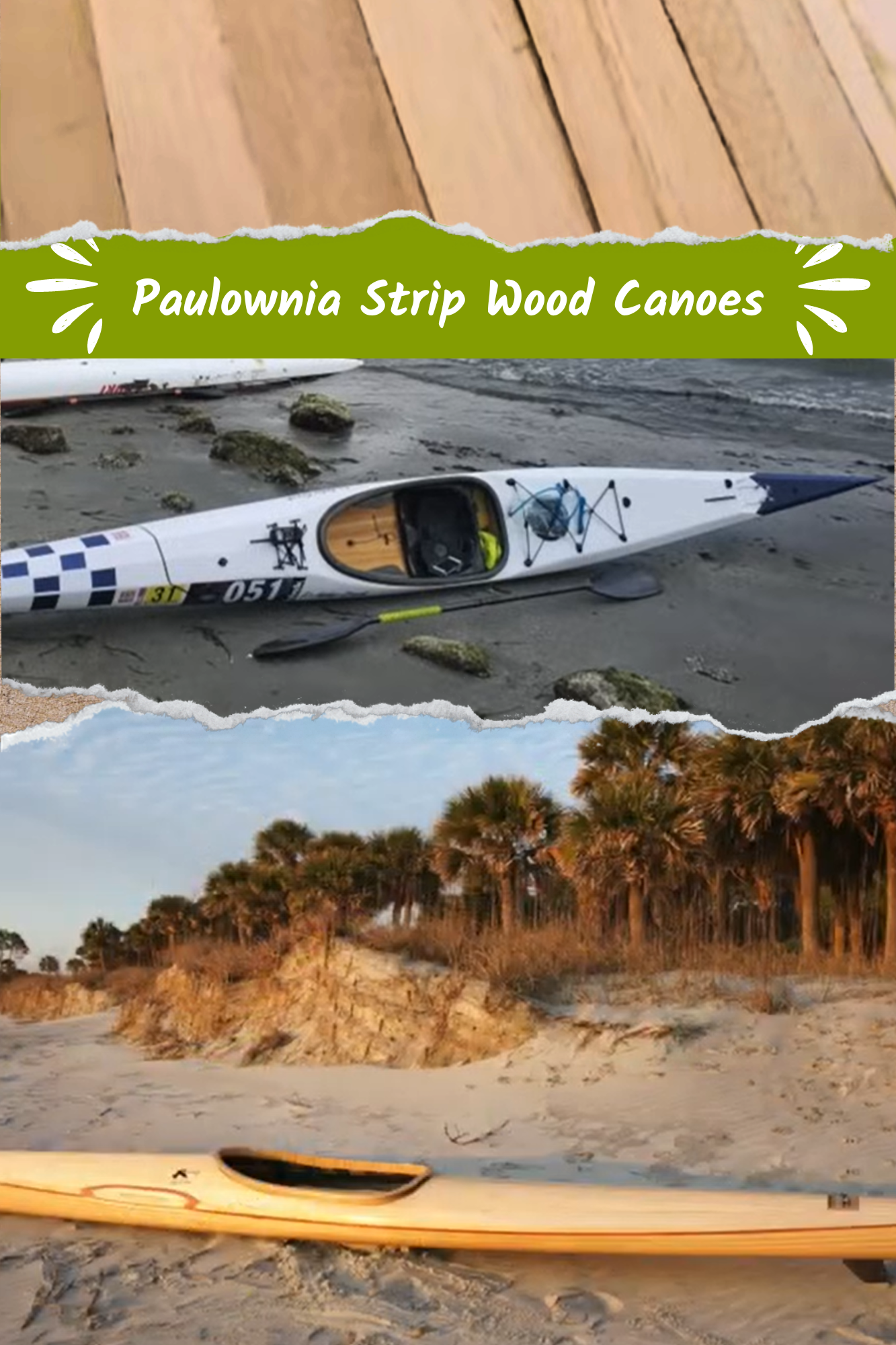
How many hours does it take to build a paulownia strip canoe DIY style?
What can an amateur builder expect? As a guideline a first time builder who is making a stemless 15′ Anglers Day with purchased seats and thwarts, simple decks, and no fancy marquetry should commit a minimum of 10 full weekends. That’s 20 full days or 160 hours.
“I think it’s really worth the experience. I hope you try it!” It takes a lot of time, around 130 – 160 hours on average. So when it’s finished and you’ve created a beautiful, strong, light paulownia strip canoe, and you will be proud of your unique creation.
How much wood do I need for a paulownia strip canoe?
It takes 1200-to-1300 lineal feet of NWC cedar or paulownia strips to build most tandem canoes, roughly $450-500 for strips. An easy method to figure the lineal footage you need for any particular hull design is to measure the the distance gunwale to gunwale around the center form.
Northern white cedar lumber costs $4 to $7 per square foot, this variety is less dense than other cedars, making it easy to cut and maneuver.
Paulownia lumber grown in North America cost $4 to $8 per square foot, this wood is used in a variety of water action sports from surfboards, paddle boards, skis etc.
How heavy is a cedar strip canoe v.s. a paulownia strip canoe?
For standard strip built construction with 1/4″ thick western red cedar strips with 6 ounce fiberglass inside and out, a good estimate will be 0.7 pound per square foot of surface area. In other words a boat like the Guillemot with a surface area of 47 square feet, this will give a bare hull weight of about 32 pounds. Using paulownia wood strips in this same build you can expect a total bare hull weight of 26 lbs saving you a total of 6 lbs of total weight.
***
Where To Buy Paulownia? Paulownia Wood For Sale – QUESTIONS?
What is paulownia wood? https://bioeconomysolutions.com/what-is-paulownia-wood/
Visit our web page. https://bioeconomysolutions.com/paulownia-lumber/
We’re happy to organize a time to speak with you about our paulownia trees and lumber we have for sale. Please book your preferred time to speak directly.
Here’s a link to my online calendar/schedule:
www.bioeconomysolutions.com/bookcall
BioEconomy Solutions
mail@BioEconomySolutions.com
Office: 843.305.4777
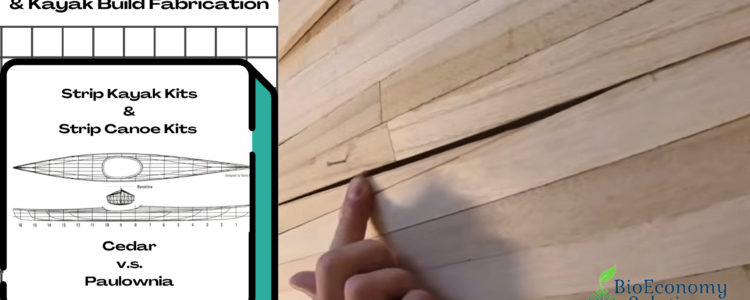




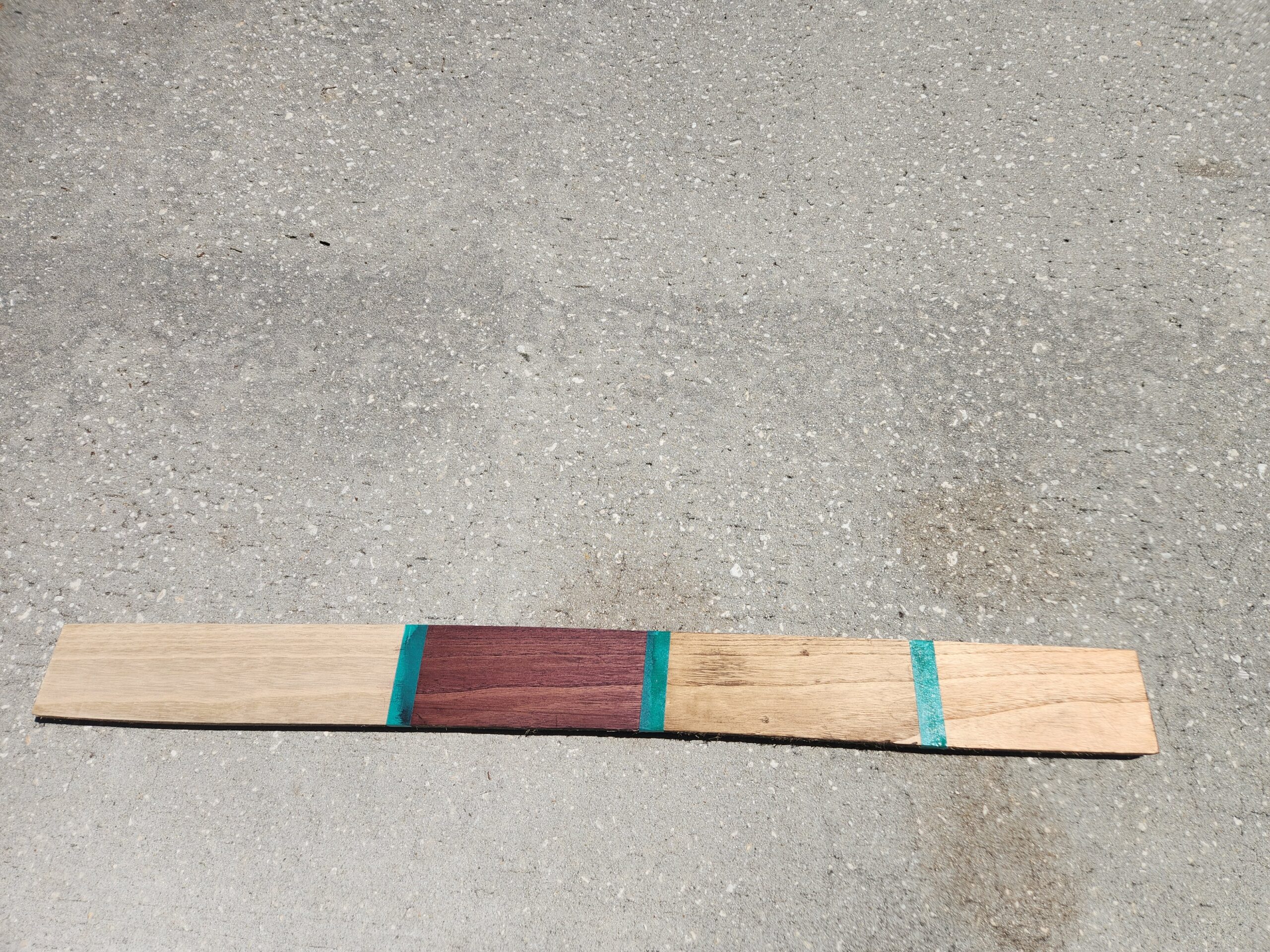
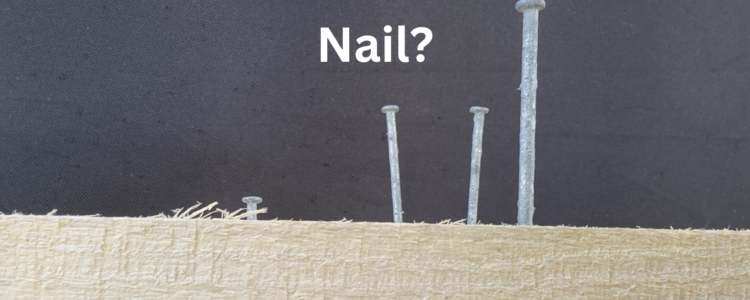
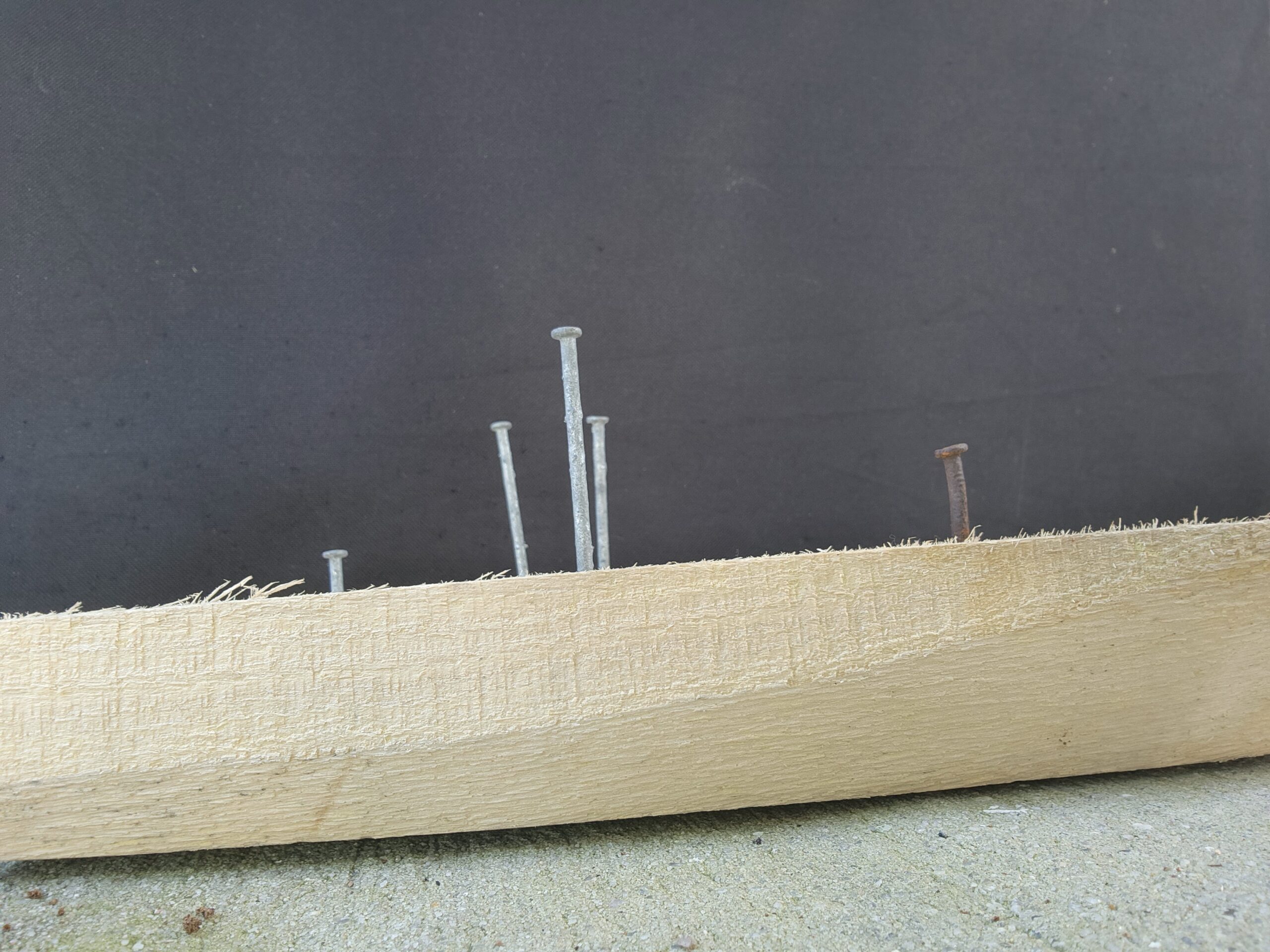


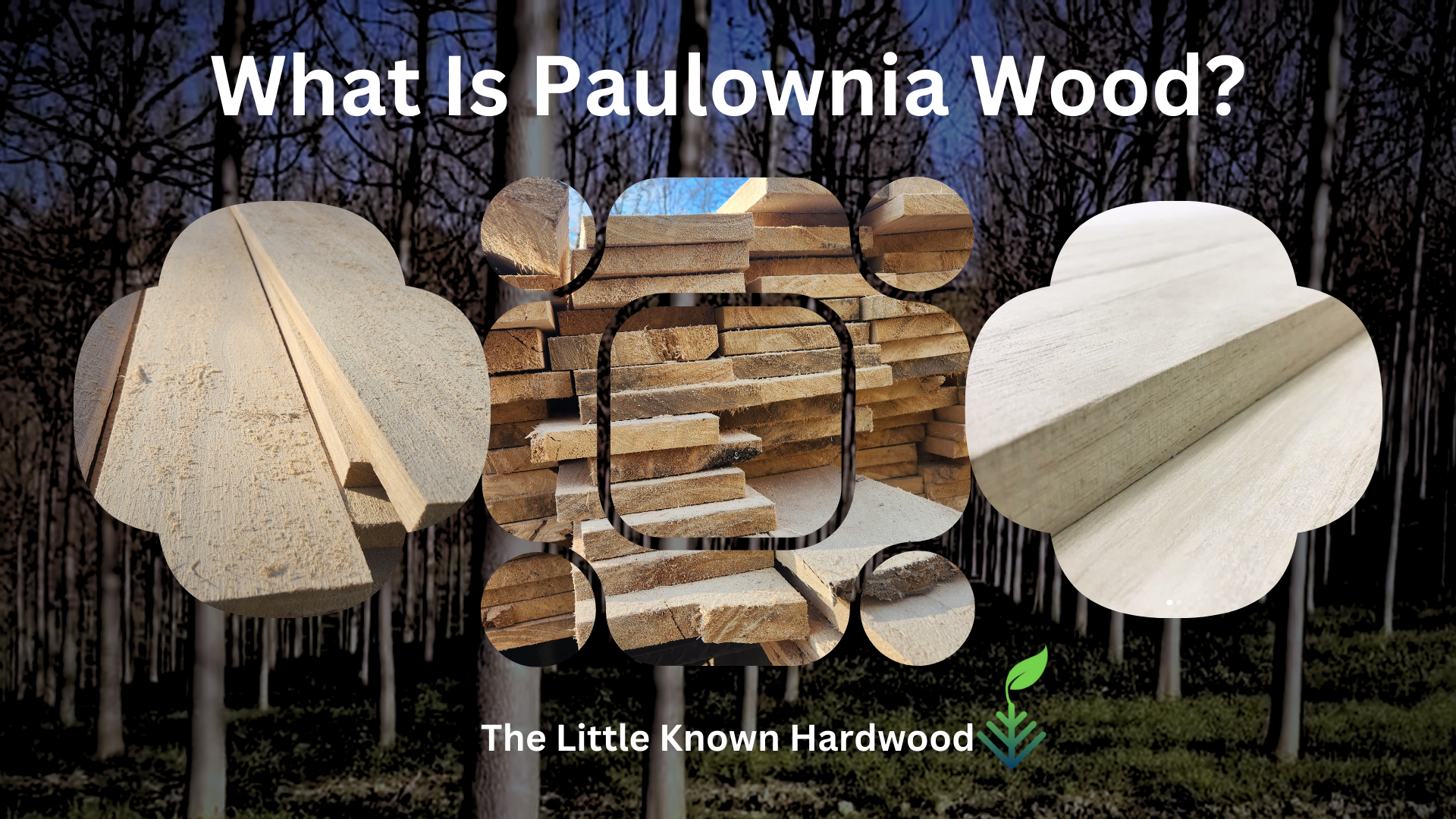
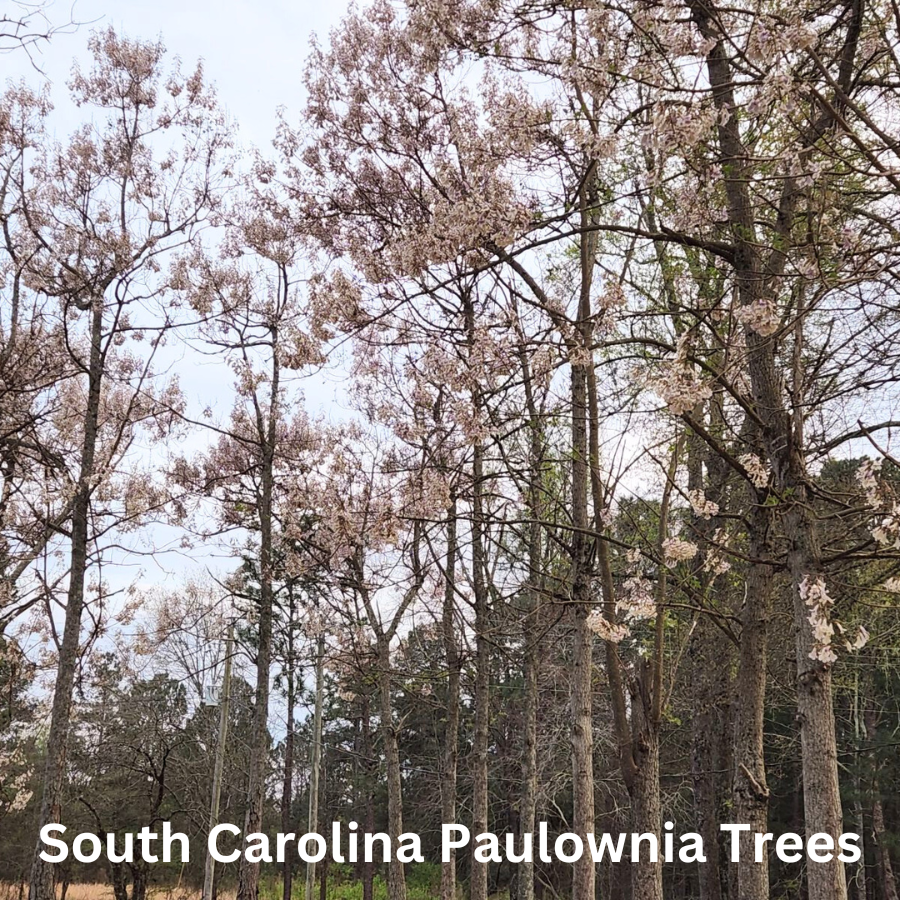
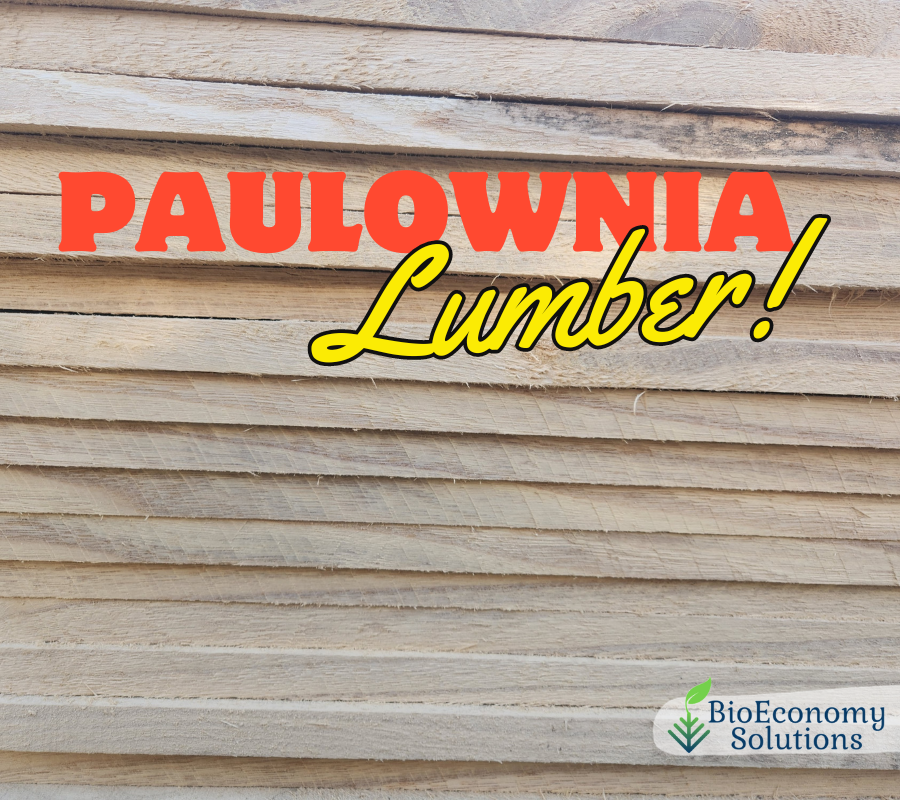
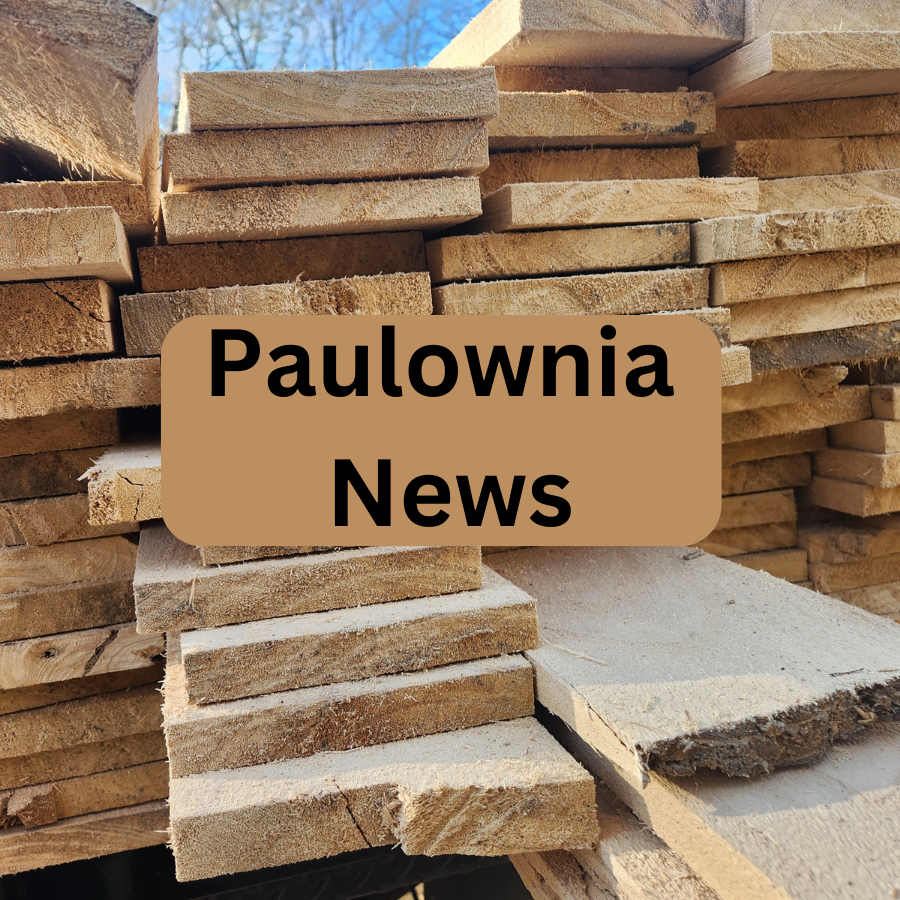


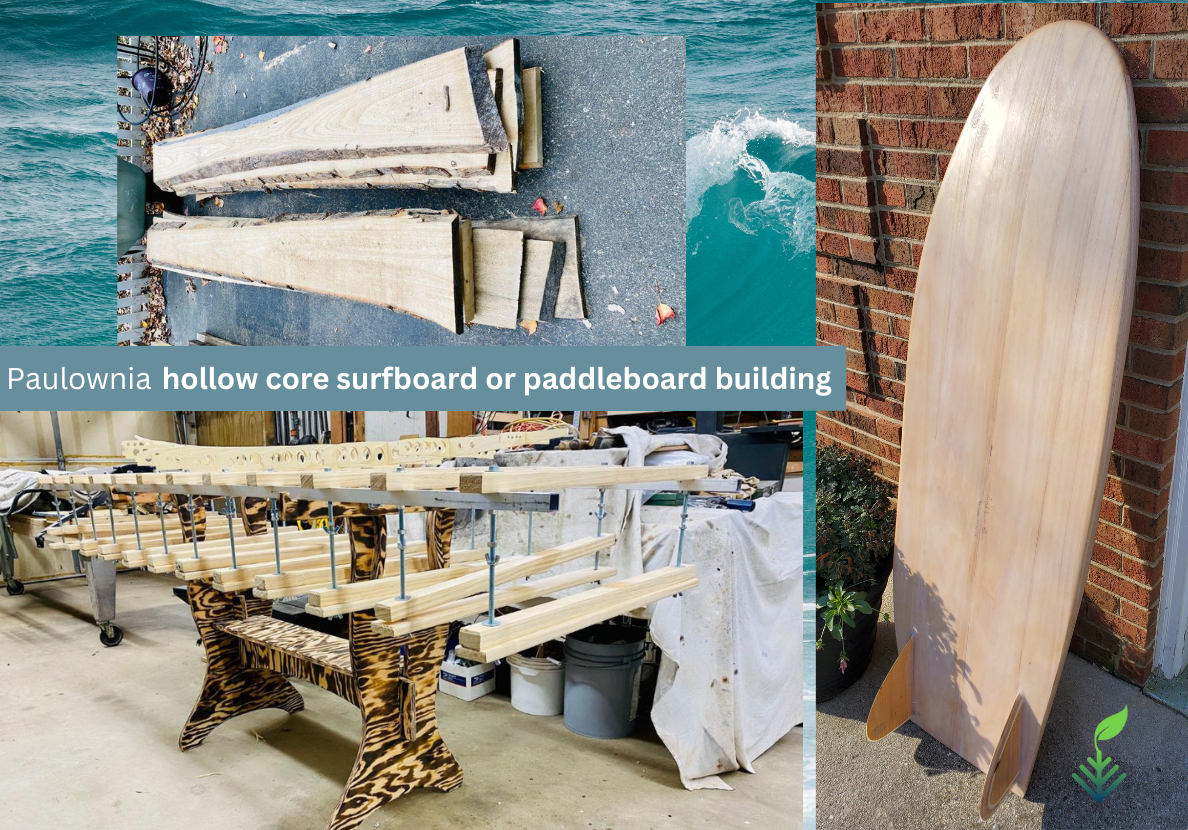 Weather you are a hobbyist or full time manufacturing company, paulownia wood grown in South Carolina USA may be a new expression of your talent.
Weather you are a hobbyist or full time manufacturing company, paulownia wood grown in South Carolina USA may be a new expression of your talent.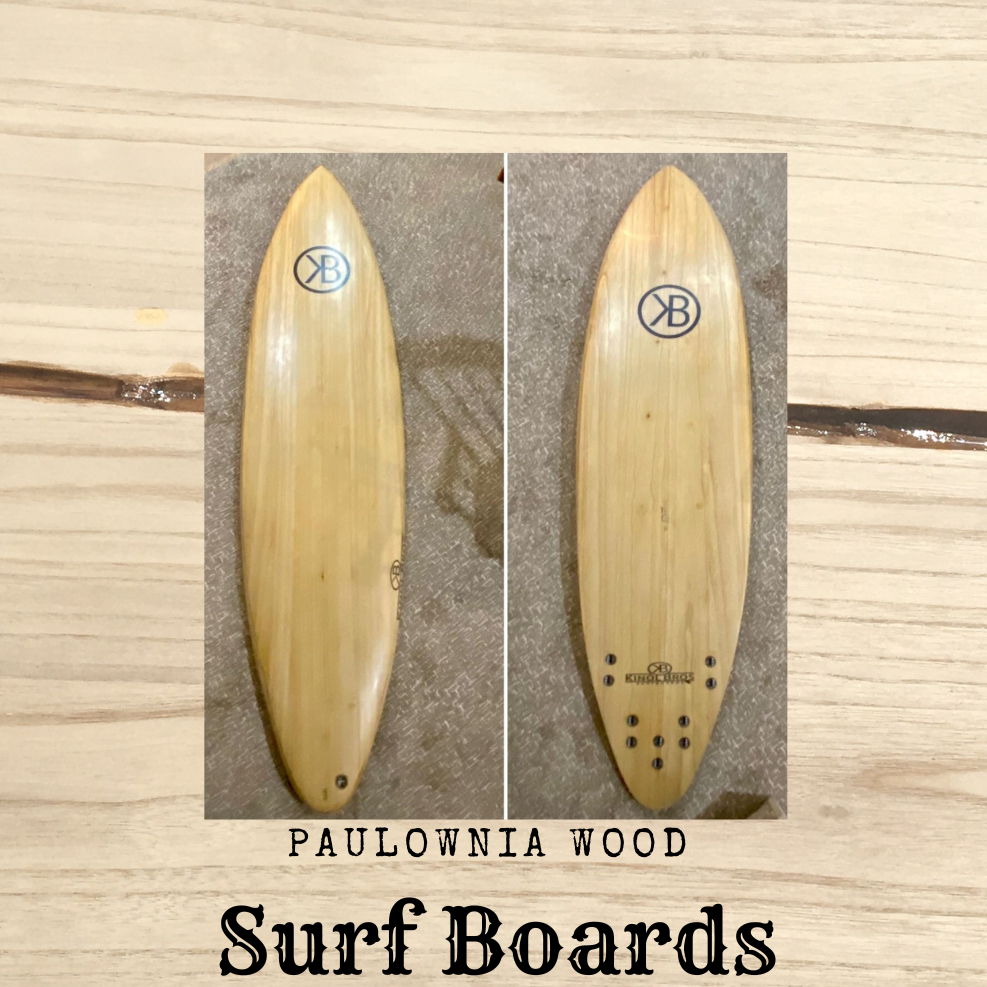
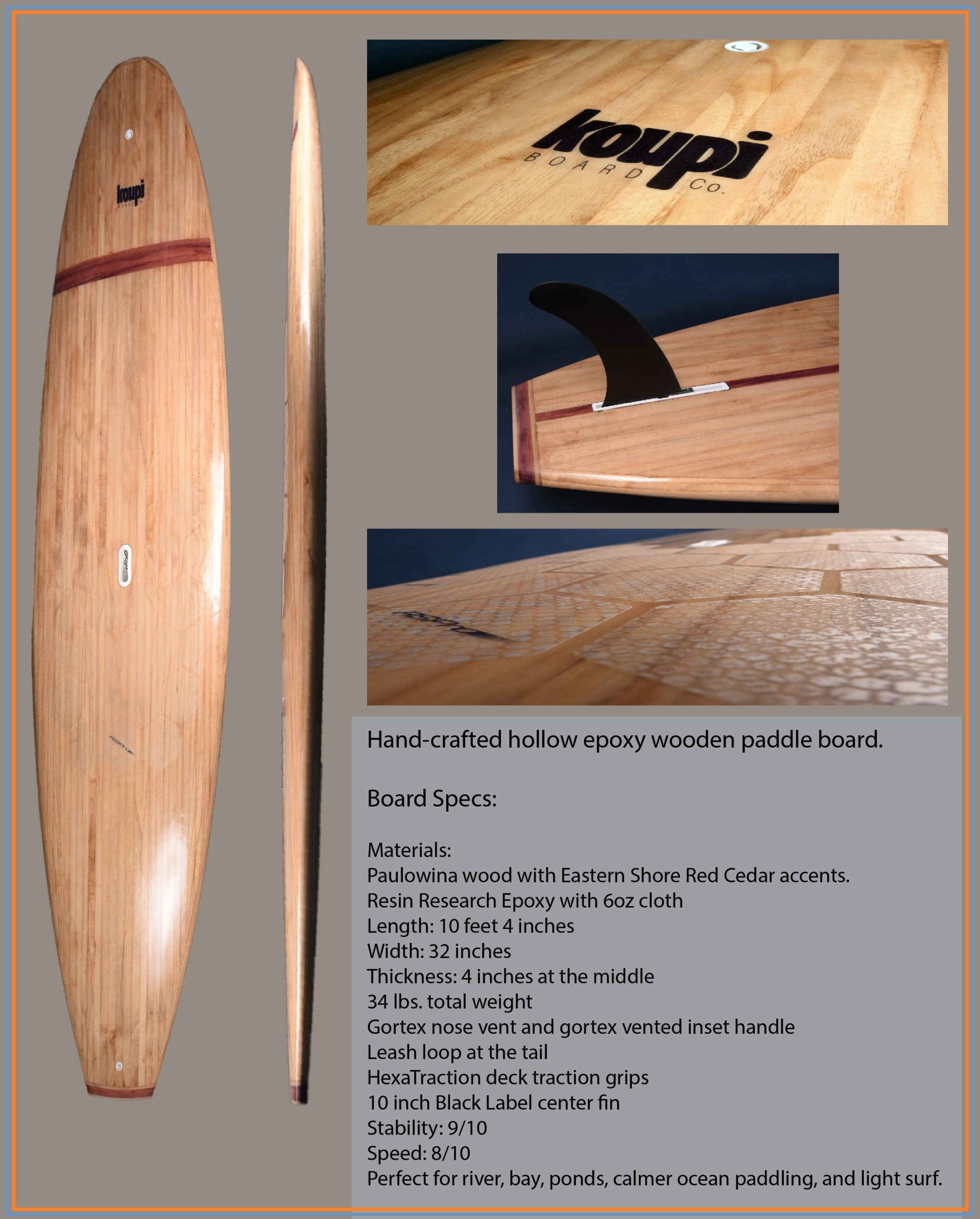
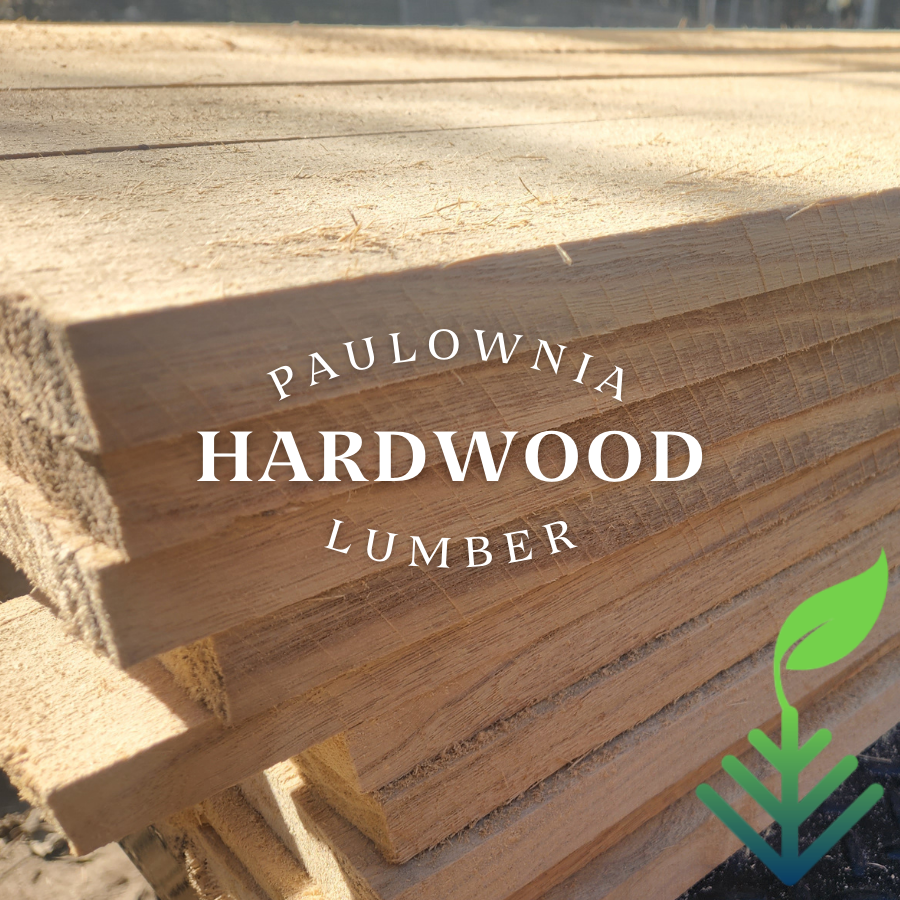


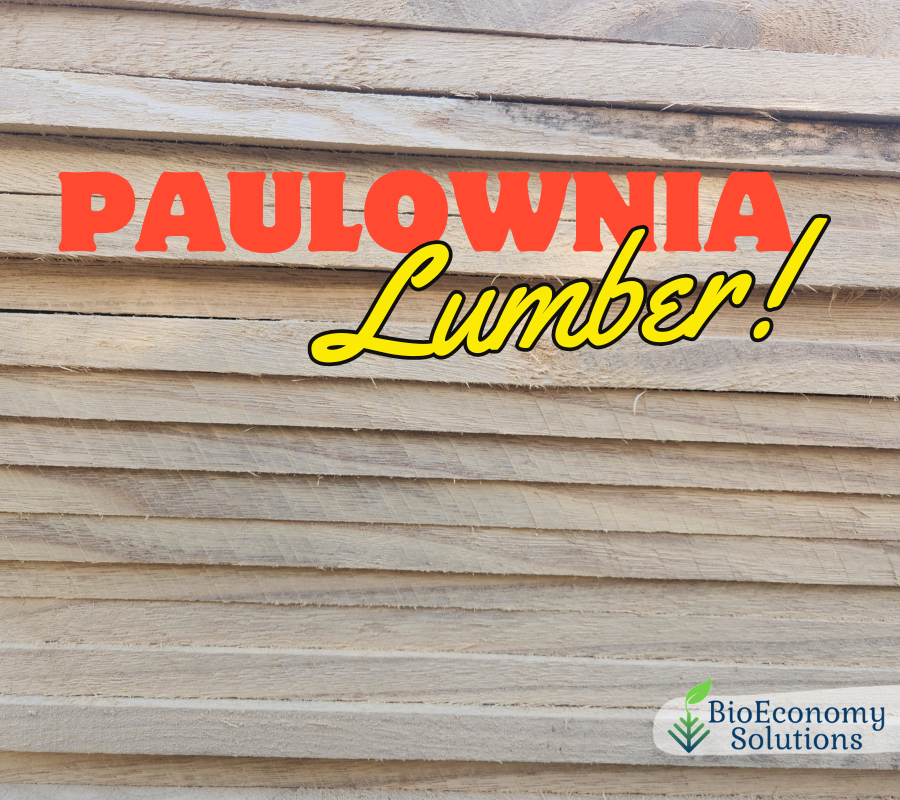
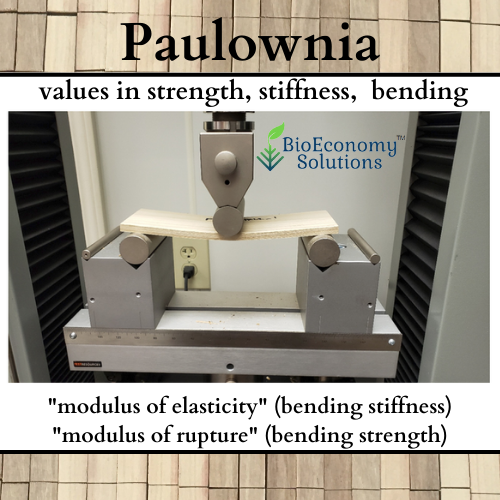
 Where to buy paulownia? We’re providing paulownia lumber from our U.S. South Carolina Paulownia tree farm facility.
Where to buy paulownia? We’re providing paulownia lumber from our U.S. South Carolina Paulownia tree farm facility.